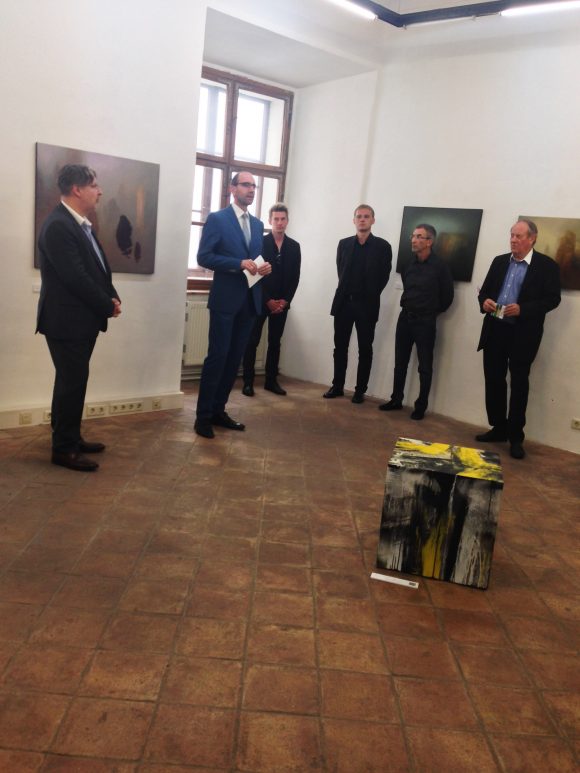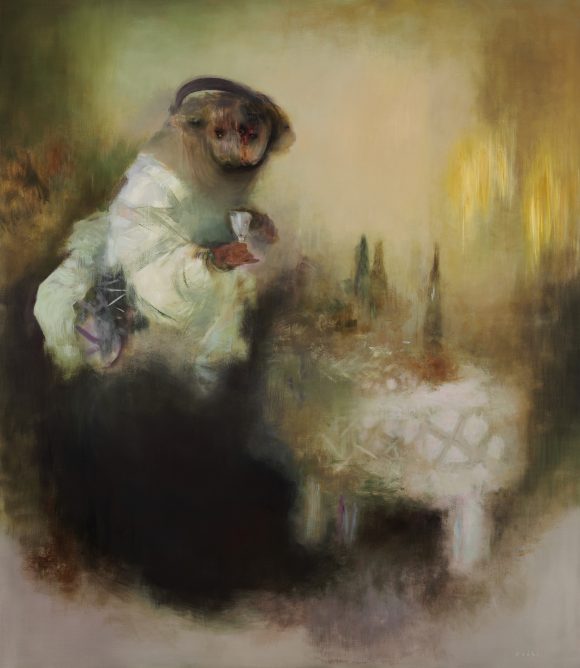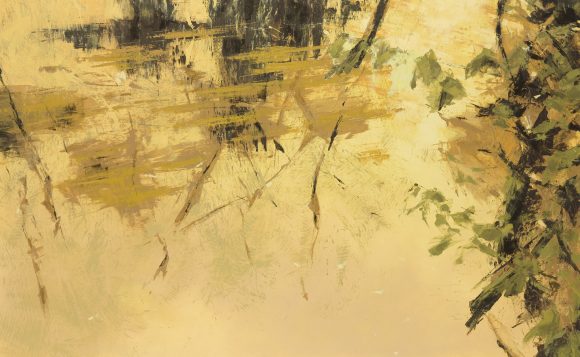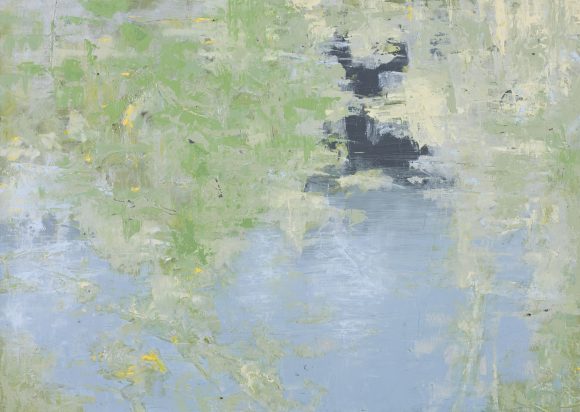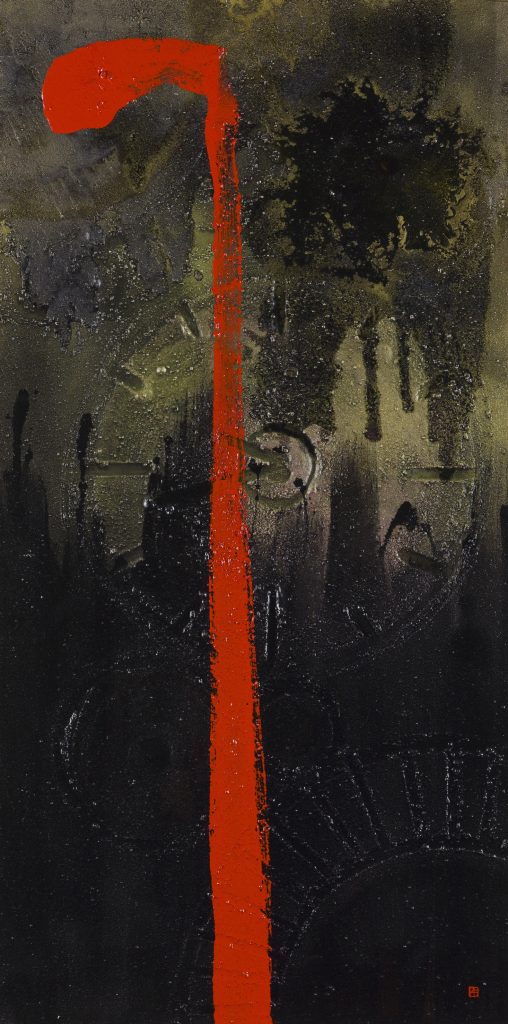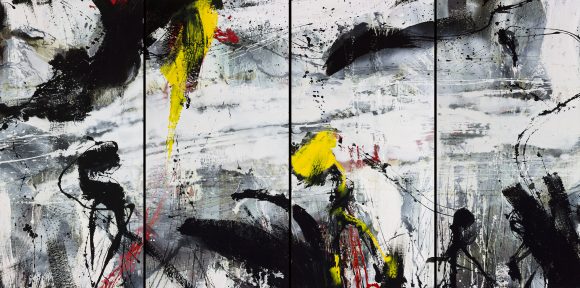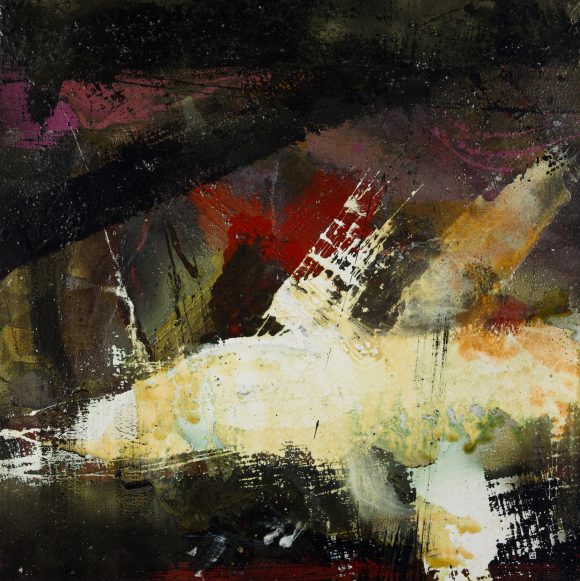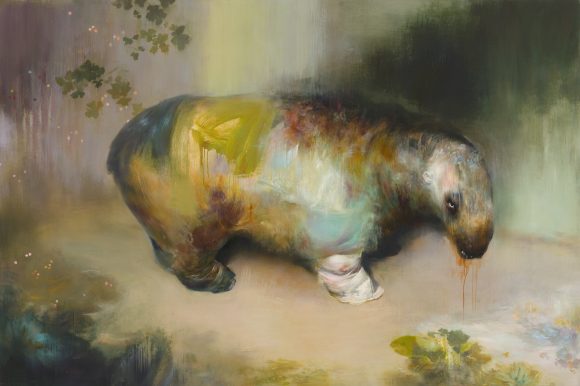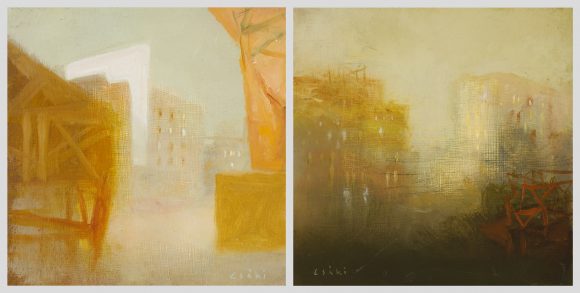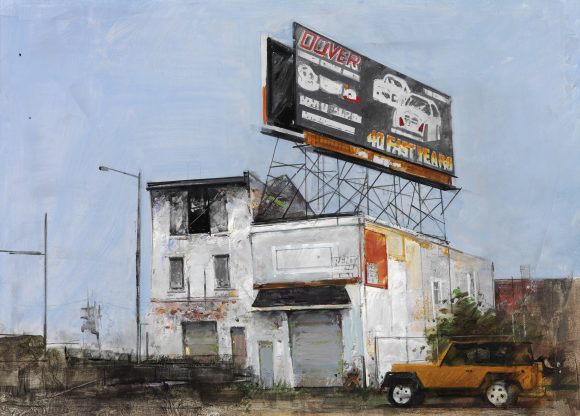On 26th of June in Graz, in Gallery Eugen Lendl the „Dialog 2” group exhibition was opened. Three painters of the Art Salon\Társalgó Gallery shared the exhibiton space with four austrian artists. The seething gestures of Stefan Maitz; expansive forms of Christian KRI Kammerhofer; abstract visions of Josef Wurm and the expressiveness of drawing by Michael Fanta have a word with the shadowy landscapes of Róbert Csáki; refined system of gestures by Imre Barna Balázs and the powerful colors of PAF. Dr. Márton Méhes, director of Collegium Hungaricum Wien emphasized in his opening speech, that there are energies in the space, created by the artworks effecting eachother. Truly, the halls of the gallery become a field, in which different artistic visions, styles and techniques open themselves to eachother. „Dialog 2” gives the viewer the opportunity to indite and shape the connections of the artworks. So the concept of the exhibition insures a broad playing field for the paintings, and for the visitors as well. Exciting, thought-provoking opennes of „Dialog 2” reveals, that art is a general language, which is able to blur any boundaries.
photo: Zsófi Máté
written by: Zsófi Máté

